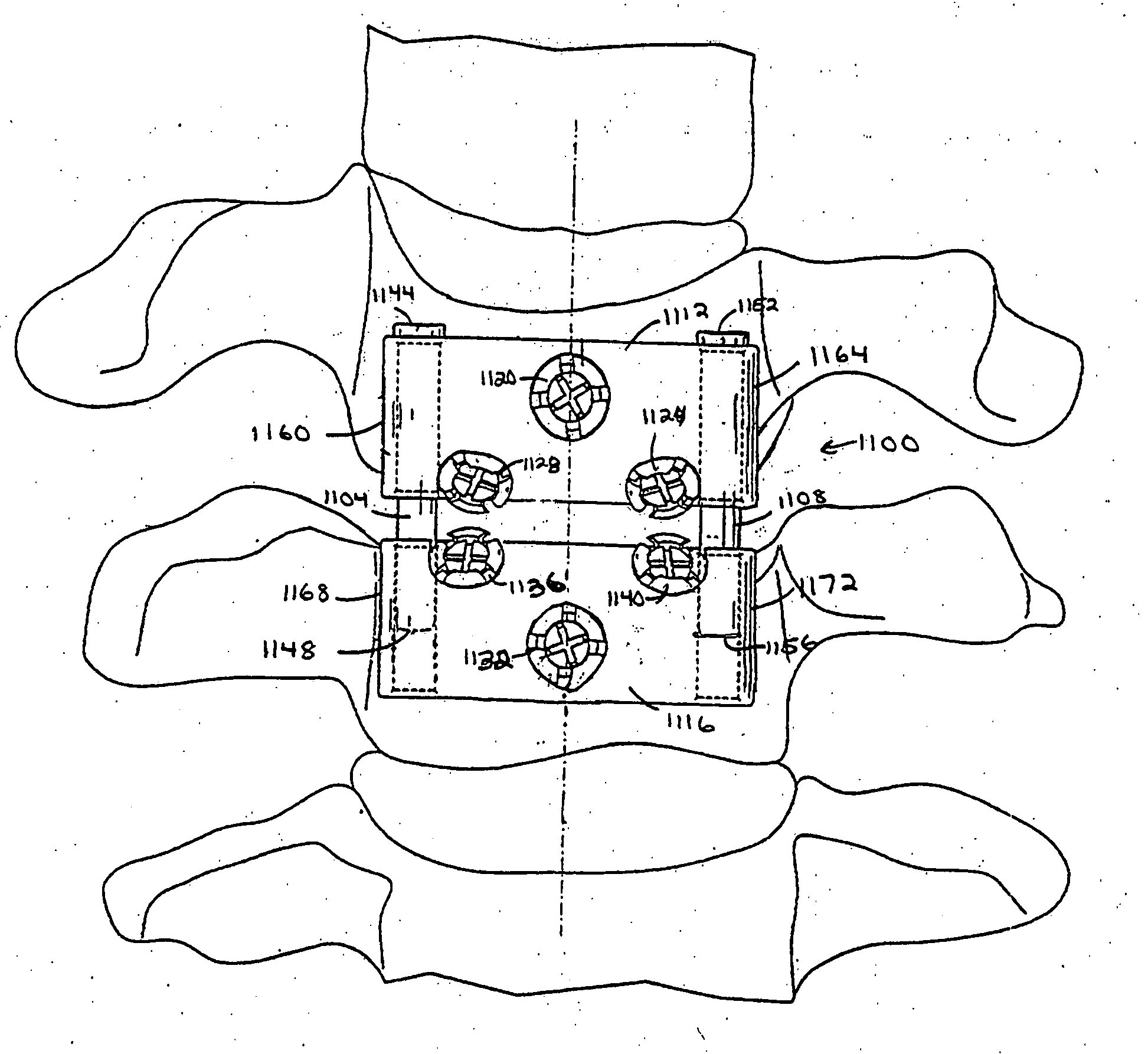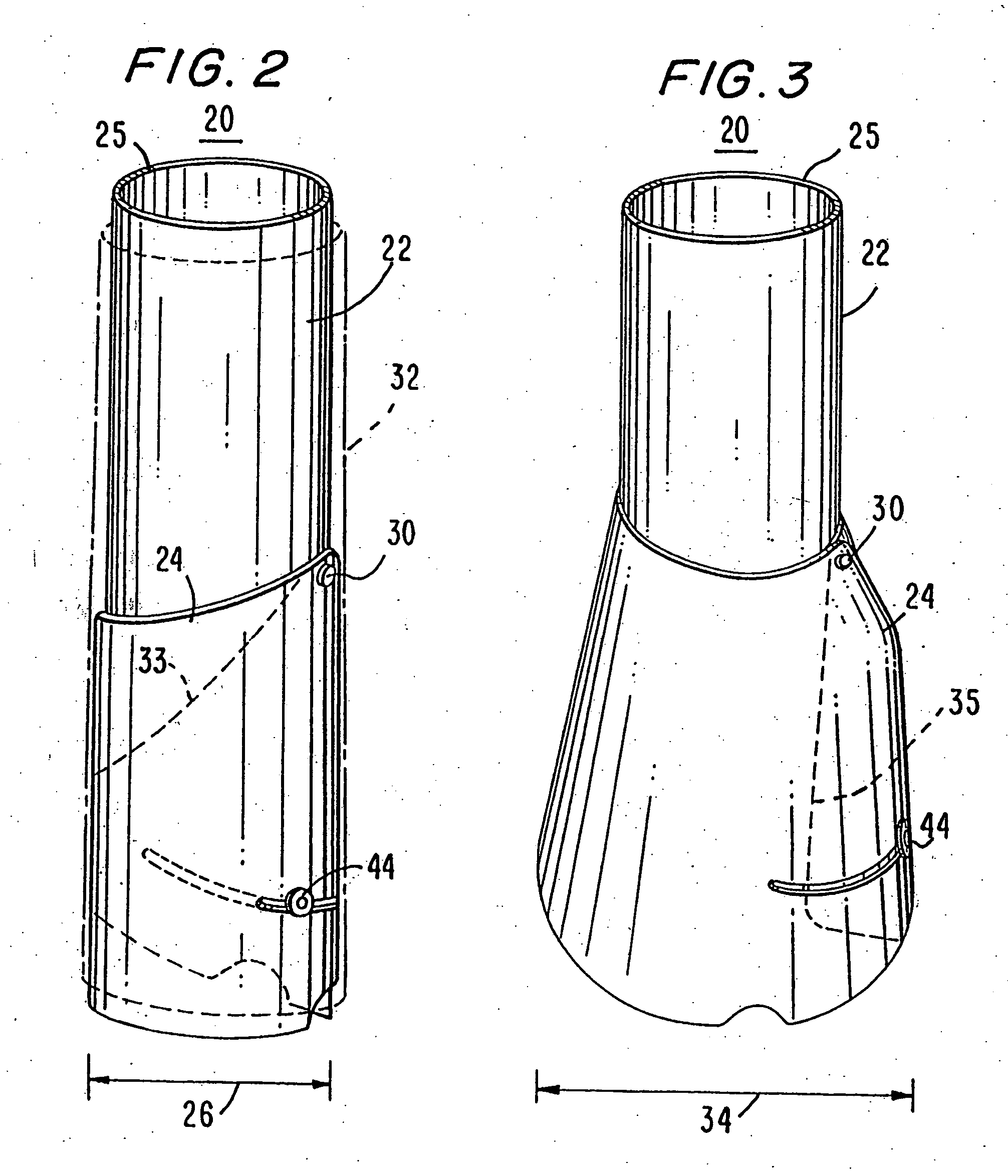Methods and apparatuses for stabilizing the spine through an access device
a technology of access device and access device, which is applied in the field of methods and equipment for performing minimally invasive surgery, can solve the problems of reducing patient flexibility, nerve damage, scarring, pain, etc., and achieves the effect of limiting stress associated with recovery and more normal post-recovery range of motion
- Summary
- Abstract
- Description
- Claims
- Application Information
AI Technical Summary
Benefits of technology
Problems solved by technology
Method used
Image
Examples
Embodiment Construction
[0093] As should be understood in view of the following detailed description, this application is directed to apparatuses and methods for treating the spine of a patient through an access device, also referred to herein as an expandable conduit. More particularly, the systems described below provide access to surgical locations at or near the spine and provide a variety of tools and implants or implantable devices useful in performing treatment of the spine. For example, systems and methods are described herein that may be used to provide motion preserving stabilization of the spine, such as dynamic stabilization. Access devices and systems described herein enable these systems and methods to be practiced minimally invasively. Also, the systems described herein enable a surgeon to perform a wide variety of methods as described herein.
I. Systems for Performing Procedures at a Surgical Location
[0094] Various embodiments of apparatuses and procedures described herein will be discusse...
PUM
 Login to View More
Login to View More Abstract
Description
Claims
Application Information
 Login to View More
Login to View More - R&D
- Intellectual Property
- Life Sciences
- Materials
- Tech Scout
- Unparalleled Data Quality
- Higher Quality Content
- 60% Fewer Hallucinations
Browse by: Latest US Patents, China's latest patents, Technical Efficacy Thesaurus, Application Domain, Technology Topic, Popular Technical Reports.
© 2025 PatSnap. All rights reserved.Legal|Privacy policy|Modern Slavery Act Transparency Statement|Sitemap|About US| Contact US: help@patsnap.com



